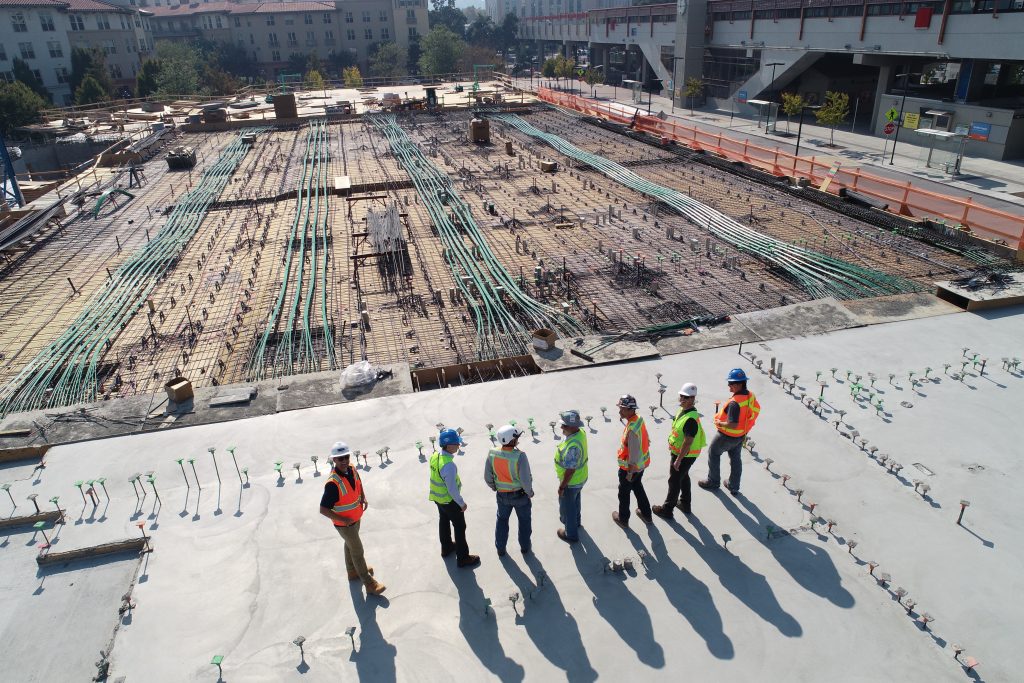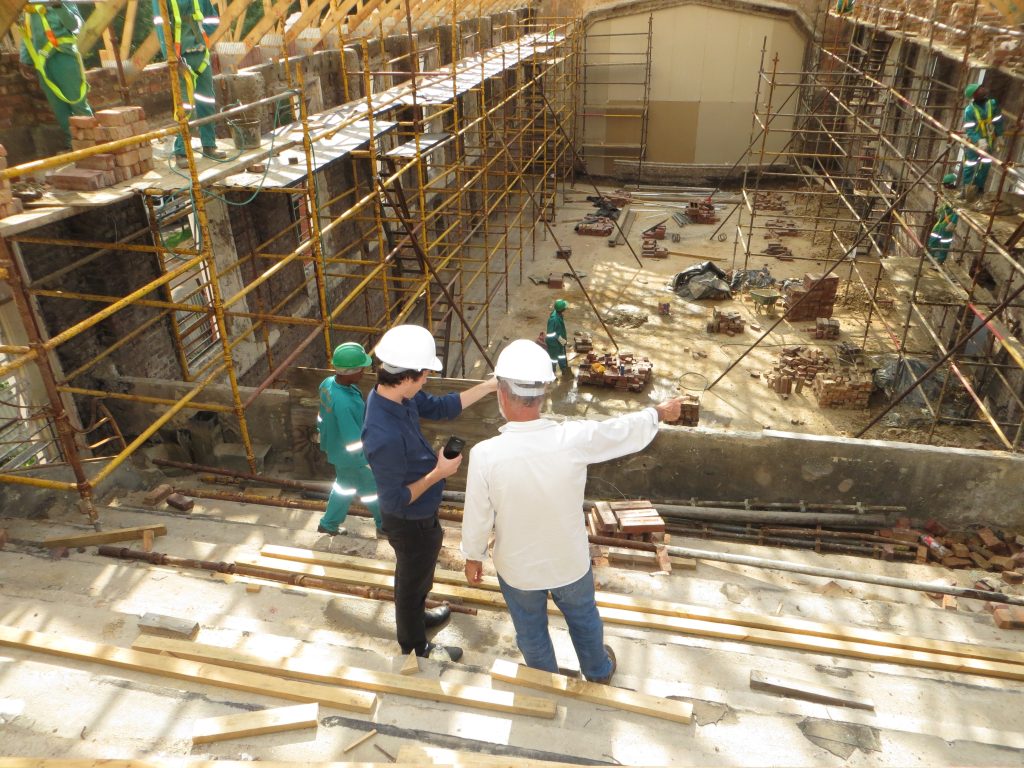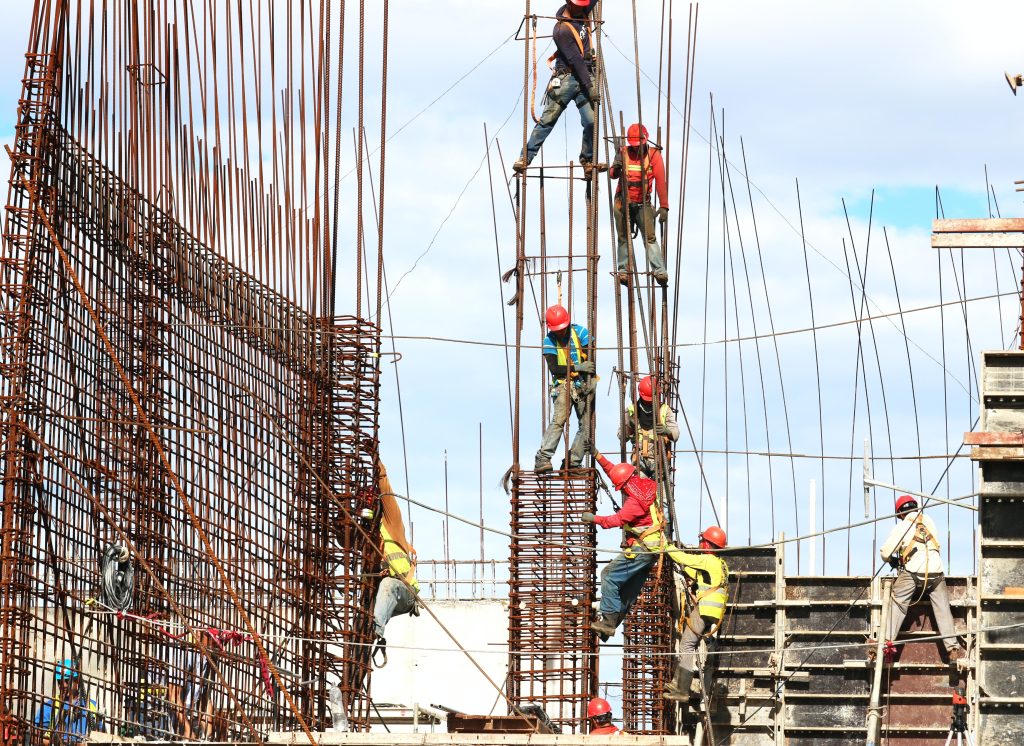December the 2nd, 2023 – Are foreign workers more expensive than Croatian workers? Allegedly, employers need to fork out 20% more for foreign labour.
As Poslovni Dnevnik writes, research into the rather mysterious topic of the Croatian labour force included larger construction companies that employed workers from other countries, twelve of them in total.
Issues in the construction sector were discussed at a forum

The number of foreign workers in these companies ranged from 20 to 350 workers. The results of the research, as well as a review of the current situation in construction with regard to the workforce, were presented by Mirjana Čagalj, vice-president of the Croatian Chamber of Commerce (HGK) for Construction and Transport, at the Croatian Construction Forum organised by the Croatian Association of Civil Engineers in Zagreb.
The forum was conceived as an opportunity for the gathering and public discussion of important stakeholders in the construction sector in order to discuss problems in construction and possible solutions to these problems.
From Bosnia to India and beyond…

Foreign workers employed in the Croatian construction sector typically come from neighbouring non-EEA countries such as Bosnia and Herzegovina, Serbia, Kosovo, Macedonia and Albania. That said, there are more and more of them arriving on these shores from more distant countries such as Ukraine, Morocco, Egypt and Turkey. Recently, there are more and more foreign employees coming from the likes of Uzbekistan, Nepal, India, Bangladesh and even the Philippines.
According to the comments of domestic employers in the field of construction, they have the best experiences with workers from Bosnia and Herzegovina and to an extent, with those from Macedonia and Serbia – there’s no language barrier to contend with and the workers tend to have the necessary skills for the job at hand.
As far as the actual retention of workers employed by Croatian companies is concerned, the largest number of workers are usually retained from Bosnia and Herzegovina, followed by those from Macedonia, Serbia, Ukraine and Bangladesh. Workers from distant countries tend to remain and engage in work in Croatia for a shorter period of time than workers from the more immediate region. Its often the case that a certain number of these workers leave their jobs in Croatian construction companies very easily and quickly, going elsewhere without explanation.
Work permit issues remain a thorn in the side…

“Although some don’t see the logic in the fact that so many people are leaving Croatia to go elsewhere, and that labour is being imported more and more frequently from abroad, for now it’s the only option in order to keep the construction and other economic sectors alive. In this way, foreign workers help to maintain existing jobs and enable some future jobs”, explained Čagalj.
The next challenge Croatian employers face is the process of obtaining work permits for their non-EEA foreign workers. These problems naturally present a bigger problem in larger cities, while in smaller communities, obtaining these documents is typically a little easier and quicker. Waiting for the approval of work permits can typically last from three to four weeks to four entire months. There’s also a two-month wait for visas to be issued. There is a long period of waiting for the extension of already issued work permits, so sometimes it happens that the extension of a work permit has been rubber stamped after the work permit has expired and the worker is no longer even physically present in Croatia.
Foreign workers are more expensive than Croatian workers

“Although it’s a common misconception among the general public that foreign workers come cheaper and that’s why local employers import them, this is actually not the case. Looking for employees, the cost of getting work permits, utilising translators, education and often professional training drum up certain costs that aren’t insignificant for employers. “Because of all these additional costs, foreign workers are about 20 percent more expensive than Croatian workers,” pointed out Čagalj.
The problem in attracting workers in the construction sector to Croatia is also the inadequate salaries offered to those employees. It can be seen that average monthly paid net wages in the construction industry lag considerably behind the average wage elsewhere.
Čagalj pointed out that the long-term solution to the problem of professional labour doesn’t lie in importing foreigners to come and fill in the ever-widening gaps. Considering that it is unlikely that the availability of construction experts here on the domestic market will be improved in the short term, it’s necessary to start with other labour policy measures. To begin with, we have a mismatch between the Croatian education system and the needs of today’s construction market.
The influence of foreign workers can also be seen through productivity per employee, which has been increasing in recent years, but is still much lower than it was back in 2008. The weakest point of the Croatian construction sector is certainly labour productivity itself. The number of employees in the construction industry in the second quarter of 2023 stood at 115,000, which is more than seven percent of the total number of employees in all of the Republic of Croatia.
Back in 2016, the number of people employed in construction fell to around 86,000, while the CES list included around 21,000 unemployed people in the construction profession. More than 60,000 jobs were lost in the construction sector. One can conclude that it was during this period that a large number of Croatian workers went to work abroad.












